The way Indians shop has changed forever. What once took days and now expected in hours or even minutes. From groceries, medicines, fashion and electronics customers want deliveries faster, cheaper, and more reliable than ever before.
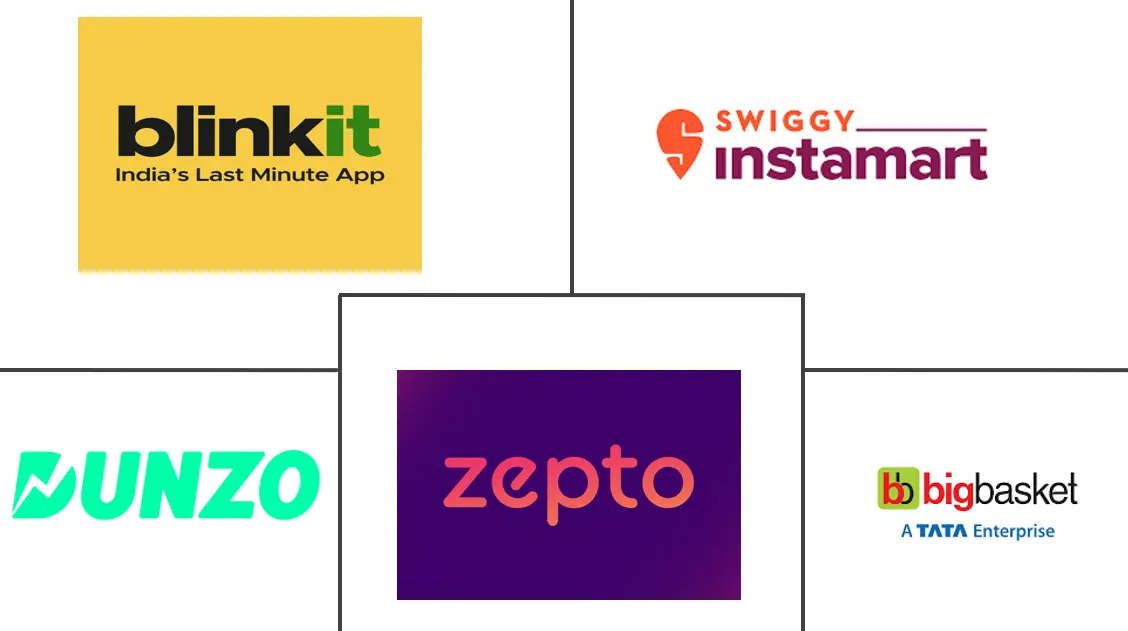
The hyperlocal delivery market in India is rapidly growing. Quick commerce apps like Blinkit, Zepto, and Swiggy Instamart have shown that 10 to 30 minute delivery is possible, while logistics platforms like Pidge, Jungleworks, and Shiprocket enable businesses to scale across cities. According to reports, India’s quick commerce market grossed over ₹64,000 crore (~USD 8 billion) in FY25, and this number is expected to triple to ₹2 lakh crore (~USD 25 billion) by FY28.
For businesses, this shift is both an opportunity and a challenge. The right hyperlocal delivery platform can mean lower costs, better service, and higher customer satisfaction. The wrong choice can lead to late deliveries, escalating costs, and lost trust.
What is a Hyperlocal Delivery Platform?
A hyperlocal delivery platform is a system that connects businesses with customers within a specific geographic range (usually a city or neighborhood) to deliver goods quickly often within the same day or even 10 to 30 minutes.
Consumer-facing apps like Blinkit or Dunzo connect customers directly with local sellers.
Business-focused platforms like Pidge, Jungleworks, or Shiprocket provide logistics software and networks for businesses to manage, track, and optimize deliveries.
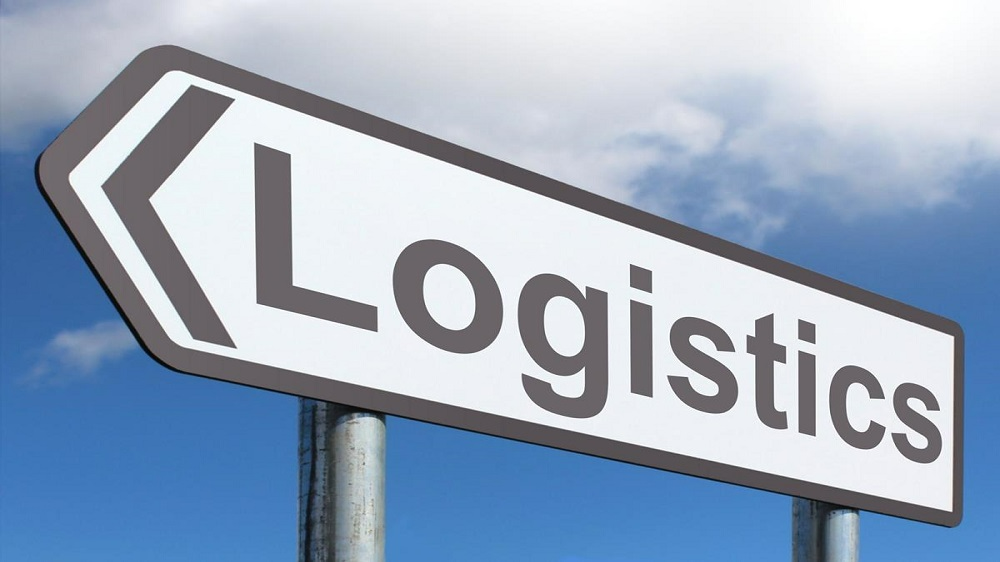
Why Hyperlocal Delivery Matters for Businesses
Expand Sales into New Areas
Hyperlocal delivery platforms let businesses expand beyond metros into Tier-2 and Tier-3 markets with confidence. By ensuring timely fulfillment and reducing failures, companies can capture new demand, strengthen brand presence, and grow order volumes sustainably while building customer trust.
Reduce Cost per Order (CPO)
With AI-driven routing, batching, and rider optimization, hyperlocal platforms cut down fuel costs and idle time. This reduces cost per order, protects margins, and makes logistics more scalable for both SMBs and enterprises.
Retain Customers with Faster Deliveries
Speed and reliability drive repeat purchases. Real-time tracking, timely updates, and consistent SLAs improve customer trust, boost Net Promoter Scores (NPS), and ensure higher loyalty in competitive sectors like groceries, food, and pharma.
Handle COD/UPI Securely
India still relies on COD and UPI payments. Platforms with secure reconciliation reduce fraud and mismatches, giving businesses financial control and customers the confidence to order more frequently.
Integrate with ONDC and Open Networks
ONDC integration expands visibility and sales channels for businesses. Platforms that support open commerce networks future-proof operations, reduce dependency on closed marketplaces, and position brands for long-term growth in India’s evolving retail landscape.
Key Features Businesses Should Look For
AI-Powered Routing & Allocation
Smart allocation uses AI to match each order with the right driver or fleet partner. It considers distance, traffic, and delivery windows, while also batching orders for efficiency. This reduces fuel use, lowers costs, and ensures faster deliveries critical in India’s crowded cities.
Real-Time Tracking & ePOD
GPS-based live tracking builds customer trust and gives operations teams full visibility. With Electronic Proof of Delivery (ePOD) like OTP, photo, or digital signature, disputes are minimized. This improves accountability, reliability, and overall customer satisfaction.
India-First Readiness
Platforms must handle COD/UPI reconciliation securely, support ONDC integration, and provide vernacular alerts for Tier-2/3 markets. India-ready features ensure businesses can scale beyond metros and meet local realities effectively.
Control Tower & Exception Management
A single dashboard shows live SLA performance, delivery delays, and exceptions. Automated alerts for NDRs and RTOs help resolve issues quickly. Reverse logistics is also streamlined to protect margins.
Integrations & Scalability
Plug-and-play integrations with Shopify, WooCommerce, ERP, and CRM systems allow smooth operations. Multi-3PL onboarding ensures flexibility as businesses grow. Scalable platforms adapt easily to new geographies or industries.
Analytics & Insights
Dashboards track CPO, SLA adherence, OTIF, and NDRs. Heatmaps and forecasting highlight inefficiencies, demand hotspots, and fleet gaps. Analytics empower businesses to cut costs and improve customer experiences.
24/7 Support & Security
Always-on support ensures smooth operations during festive spikes or late-night surges. Compliance with SOC2, ISO, and GDPR guarantees secure handling of customer and rider data while ensuring platform reliability.
Best Hyperlocal Delivery Platforms in India (2025)
We’ll look at two categories:
B2B Platforms (for businesses to manage logistics).
B2B platforms are technology solutions designed for businesses to manage and optimize deliveries within a defined geography (city or neighborhood). Platforms like Pidge, Jungleworks, and Shipsy offer tools for routing, tracking, COD reconciliation, and vendor management.
Consumer Apps (for direct customer deliveries).
These are consumer-facing apps like Blinkit, Zepto, and Dunzo, which connect end-users directly to local sellers, retailers, or service providers. They focus on speed and convenience, offering groceries, medicines, and essentials within 10–30 minutes.
Platforms → Built for businesses to run logistics (control, efficiency, scaling).
Applications → Built for consumers to place orders, often serving as delivery partners for businesses.
Business-Focused Hyperlocal Delivery Platforms
1. Pidge
Pidge is a unified logistics platform designed for businesses that want control and flexibility across 1PL, 2PL, and 3PL operations. Instead of juggling multiple tools, Pidge brings everything into a single system. Its TITAN AI allocation engine intelligently assigns deliveries based on cost and SLA priorities, while the MORRE routing engine adapts to India’s complex geography.
2. Jungleworks (Tookan/Yelo)
Jungleworks offers Tookan for delivery management and Yelo for marketplace creation, making it a go-to platform for small businesses and startups. Its white-label approach allows companies to build branded delivery apps quickly. Tookan covers rider management, dispatch automation, and customer notifications, while Yelo enables the launch of hyperlocal marketplaces similar to Dunzo or Swiggy. Easy integration with ecommerce platforms like Shopify or WooCommerce ensures fast onboarding.
3. Shiprocket Quick
Shiprocket Quick is built for ecommerce SMBs that need fast, affordable, and reliable delivery services. It provides pre-negotiated shipping rates with multiple carriers, helping businesses save costs from day one. Its easy integrations with ecommerce platforms like Shopify, Magento, and WooCommerce make it attractive for online sellers. Shiprocket Quick also includes real-time tracking and return management features, ensuring sellers can manage customer expectations better. While more suited for small and medium businesses than large enterprises, it’s a cost-effective entry point into hyperlocal and same-day delivery.
4. ClickPost
ClickPost is a logistics SaaS solution designed for businesses that work with multiple 3PL carriers. Instead of logging into different dashboards, companies can track and manage all shipments from one place. Its strengths include multi-carrier visibility, SLA monitoring, and returns management, making it especially useful for ecommerce players with high order volumes. ClickPost also provides data analytics to identify which partners deliver most efficiently, helping businesses optimize cost per order.
5. Locus
Locus positions itself as an “all-mile” optimization platform, covering first, middle, and last mile deliveries. Its AI-driven routing and dispatch algorithms help enterprises reduce fuel costs, improve SLA adherence, and handle multi-city operations efficiently. The platform also supports omnichannel integration, allowing retailers to sync deliveries from stores, warehouses, and ecommerce platforms.
6. Shipsy
Shipsy is known for its analytics-first approach to logistics management. The platform offers detailed SLA dashboards, COD workflows, and performance tracking, making it valuable for enterprises that want deep visibility into their delivery operations. Shipsy also supports vendor orchestration, enabling businesses to onboard and manage multiple 3PL partners seamlessly. Its analytics allow companies to identify bottlenecks, track costs per order, and optimize fleet usage.
Consumer-Facing Hyperlocal Delivery Apps
1. Blinkit
Blinkit (formerly Grofers) has become a household name for ultra-fast grocery deliveries in India. Operating through a network of dark stores, it delivers groceries, essentials, and daily needs in 10–20 minutes. For businesses, Blinkit offers a strong partnership model that helps FMCG brands and local retailers tap into instant demand in metros. Its app interface is simple for consumers, while the backend ensures smooth inventory management and delivery allocation.
2. Zepto
Zepto is one of the pioneers of quick commerce in India, promising deliveries within 10 minutes. Using a growing network of dark stores, Zepto ensures high inventory availability and efficient fulfillment in urban areas. For brands, partnering with Zepto means gaining access to urban millennials and Gen-Z customers who value speed and convenience. Its tech-driven backend optimizes picking, packing, and delivery in real time. While it’s still expanding, Zepto is fast becoming a serious player for businesses that want to capture the instant delivery market in Tier-1 cities. Its focus on customer experience makes it a strong hyperlocal partner.
3. Dunzo
Dunzo started as an errand service in Bengaluru and has since evolved into a hyperlocal delivery app covering groceries, medicines, and packages. Its USP is flexibility, you can send or receive almost anything across town. For small shops, Dunzo acts as a last mile software, allowing them to offer delivery without building infrastructure.
4. Swiggy Genie
Swiggy Genie is Swiggy’s hyperlocal courier service, extending its massive delivery fleet beyond food. Businesses and individuals can use it to send packages, documents, or essentials within the same city. Backed by Swiggy’s logistics strength, Genie benefits from wide coverage and fast turnaround times. For restaurants and small retailers, it provides a low-cost, on-demand delivery option without needing additional partnerships.
5. Porter
Porter focuses on goods delivery, offering transport from two-wheelers to mini-trucks. It’s widely used by businesses and individuals needing to move furniture, groceries, or inventory within cities. Porter’s strength lies in its scalable fleet covering everything from small courier deliveries to bulk transportation. For businesses, it provides a way to move larger goods without owning vehicles. The app is user-friendly and offers upfront pricing, making it easy for SMEs to budget transport costs.
6. Borzo (WeFast)
Borzo (formerly WeFast) operates as a crowdsourced courier service, using freelance riders to complete same-day or on-demand deliveries. Known for its affordability, Borzo allows SMBs to send packages quickly without investing in their own fleets. Its flexible model covers both individuals and businesses, offering real-time tracking and cost-effective delivery options.
8. BigBasket Now
BigBasket Now is the hyperlocal wing of BigBasket, India’s leading online grocer. It delivers groceries and fresh produce in under an hour, leveraging its micro-fulfillment centers. Businesses benefit from BigBasket’s strong brand trust, supply chain expertise, and loyal customer base. For FMCG and fresh food sellers, partnering with BigBasket Now provides access to a large audience that values quality and reliability.
How Businesses Can Choose the Right Hyperlocal Platform
1. Small Businesses (SMBs/D2C brands)
Recommended Platforms: Pidge, Shiprocket Quick, Jungleworks (Tookan/Yelo)
These platforms are designed for ease of use, quick setup, and affordability. With ready integrations for Shopify or WooCommerce, SMBs and D2C brands can start deliveries without heavy investment. They are best suited for businesses that need to test markets, handle small order volumes, or focus on hyperlocal fulfillment without building their own logistics infrastructure.
2. Enterprises (multi-city operations)
Recommended Platforms: Pidge, Locus, Shipsy
Enterprises require robust systems capable of managing thousands of deliveries across multiple cities. Platforms like Pidge offer unified orchestration across fleets and vendors, while Locus and Shipsy provide AI-driven routing and advanced analytics. These solutions are compliance-ready, handle COD/UPI workflows, and offer deep control tower visibility, making them ideal for complex, large-scale supply chains.
3. Quick Commerce & Grocery Businesses
Recommended Platforms: Pidge, Blinkit, Zepto
Speed is the foundation of quick commerce. Blinkit and Zepto operate through dark stores to ensure 10–20 minute delivery, while Pidge empowers businesses with the tools to manage their own fleets or vendors for similar results. These platforms are best for brands in FMCG, fresh groceries, and essentials looking to meet rising customer expectations for instant delivery.
4. Courier/Errands & Heavy Goods
Recommended Platforms: Dunzo, Borzo, Porter
Businesses or individuals with flexible delivery needs such as sending parcels, running errands, or transporting bulky goods can benefit from these platforms. Dunzo and Borzo are well-suited for small packages and same-day city courier, while Porter provides two-wheelers to trucks for moving larger loads. Together, they offer affordability, scalability, and flexibility for diverse hyperlocal delivery requirements.
Why Pidge Stands Out
Unlike siloed apps, Pidge unified delivery orchestration across in-house fleets (1PL), partner fleets (2PL), and third-party vendors (3PL) in one platform.
AI-Powered Dispatch
Pidge’s TITAN allocation engine goes beyond assigning the nearest driver. It considers distance, traffic, vehicle type, and SLA commitments to ensure every delivery is both cost-efficient and reliable, reducing wastage while improving customer satisfaction.
Intelligent Routing
With its MORRE routing engine, Pidge adapts to India’s diverse and often unpredictable road networks. From congested metros to Tier-2 cities, it ensures optimal routes are selected, cutting delivery times and improving consistency.
India-Ready
Pidge is designed with local realities in mind. It supports COD and UPI payment reconciliation, integrates with ONDC, and enables vernacular notifications making it the right fit for businesses scaling into Tier-2 and Tier-3 markets.
Transparency
The Control Tower dashboard gives real-time visibility into operations, highlighting SLA adherence, delays, and exceptions. Automated alerts for NDRs and RTOs empower businesses to take corrective action quickly, reducing customer escalations.
Scalability
Whether it’s a startup with a few hundred orders or an enterprise handling thousands daily, Pidge grows with the business. Its modular platform ensures smooth expansion across industries, geographies, and volumes.
Conclusion
The hyperlocal delivery market in India is set to grow exponentially, fueled by consumer expectations and the quick commerce boom. Businesses that invest in the right delivery platform will enjoy faster growth, lower costs, and higher customer loyalty.
While options like Jungleworks, Shiprocket, and ClickPost are valuable, and apps like Blinkit and Zepto serve end-customers well, Pidge stands out as the most comprehensive business-first platform. It brings together fleets, partners, and tech under one roof ensuring Zero Unfulfilled Demand.
Choosing the right hyperlocal delivery platform is no longer optional, it’s a strategic necessity for businesses that want to scale in 2025 and beyond.

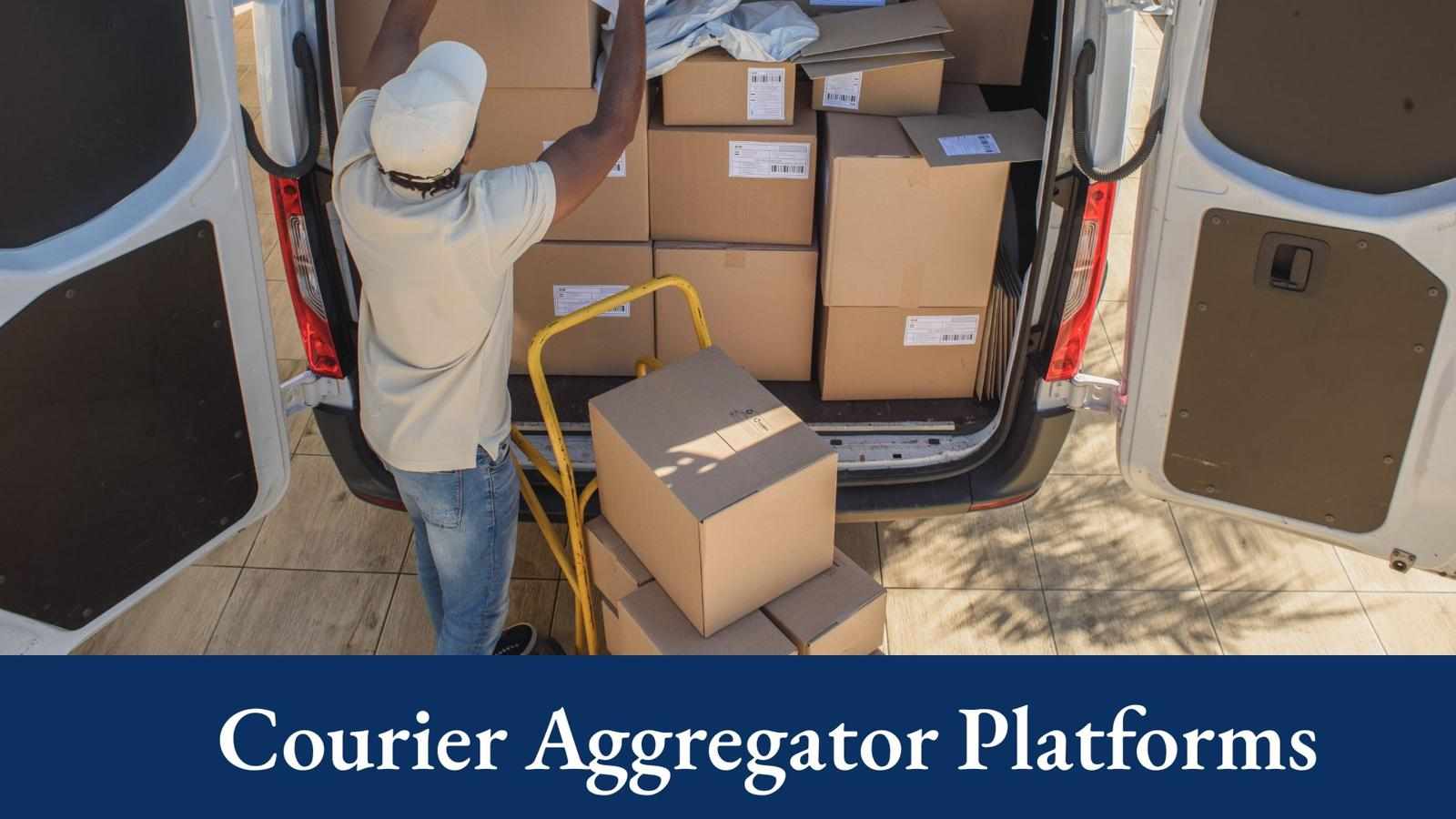
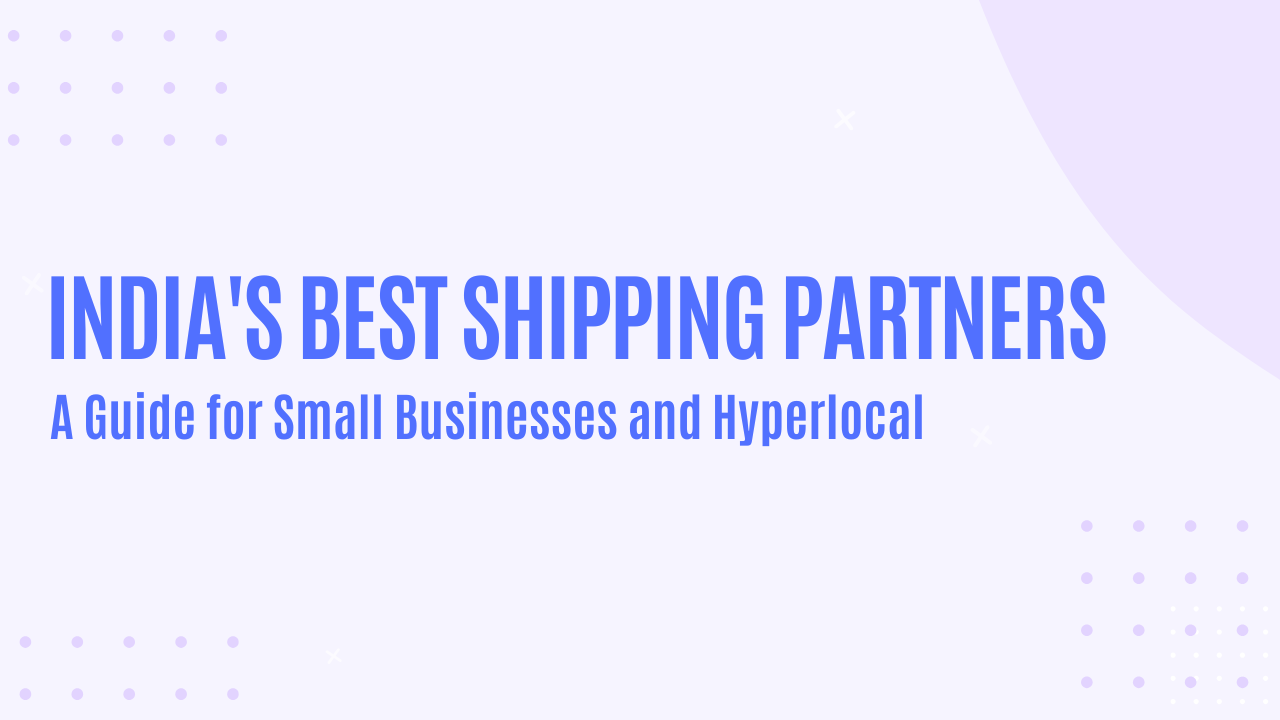

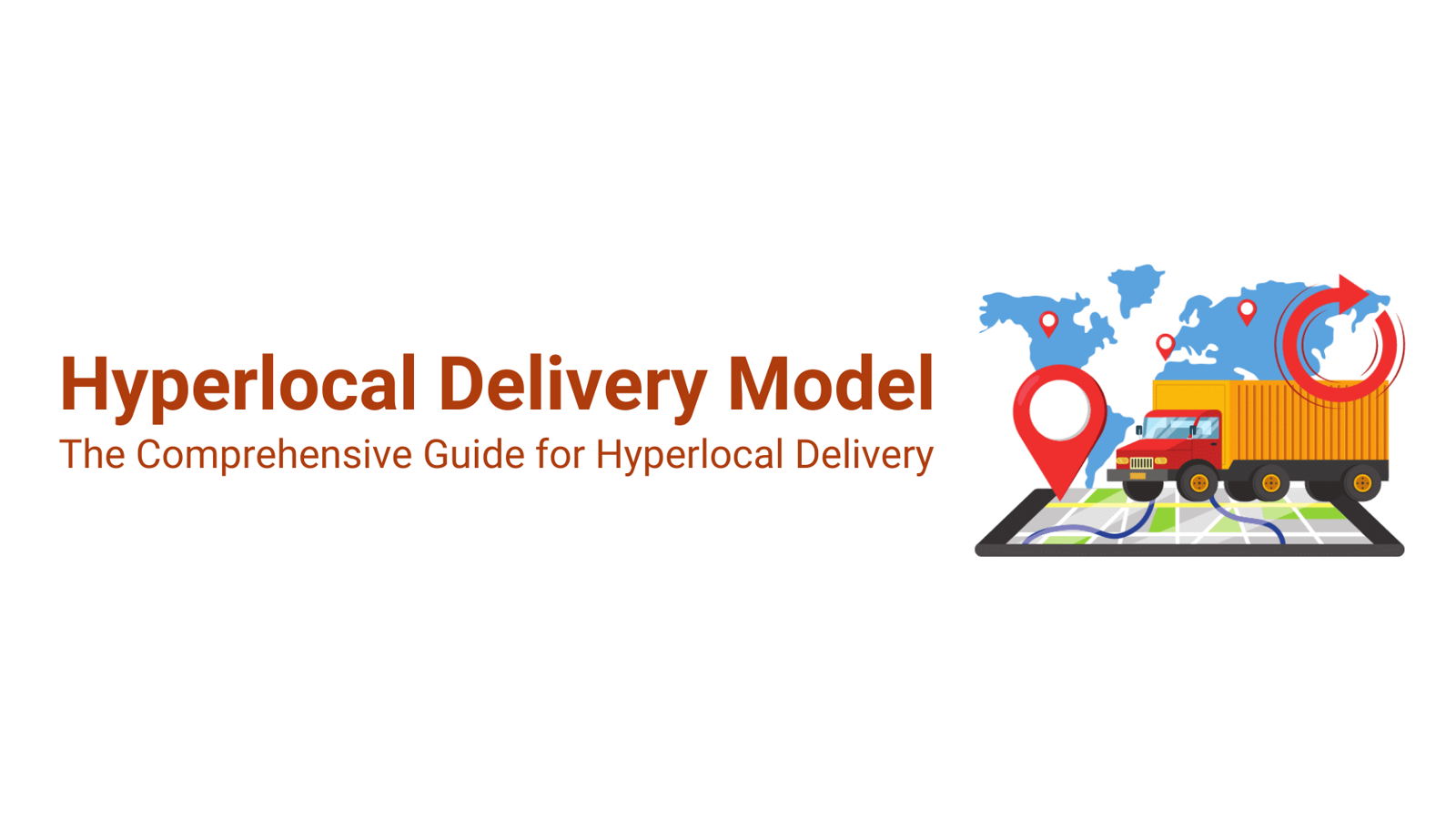
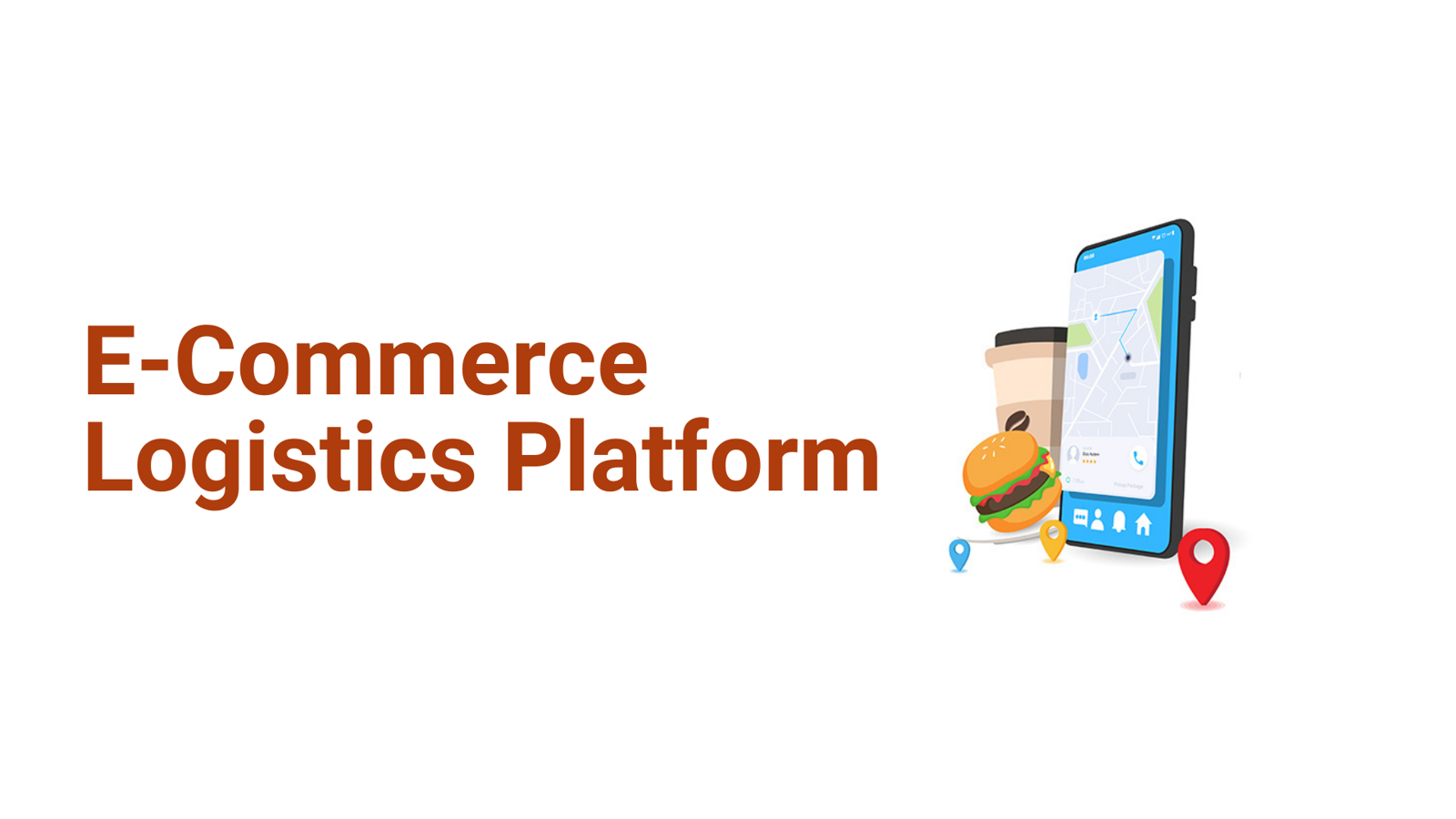
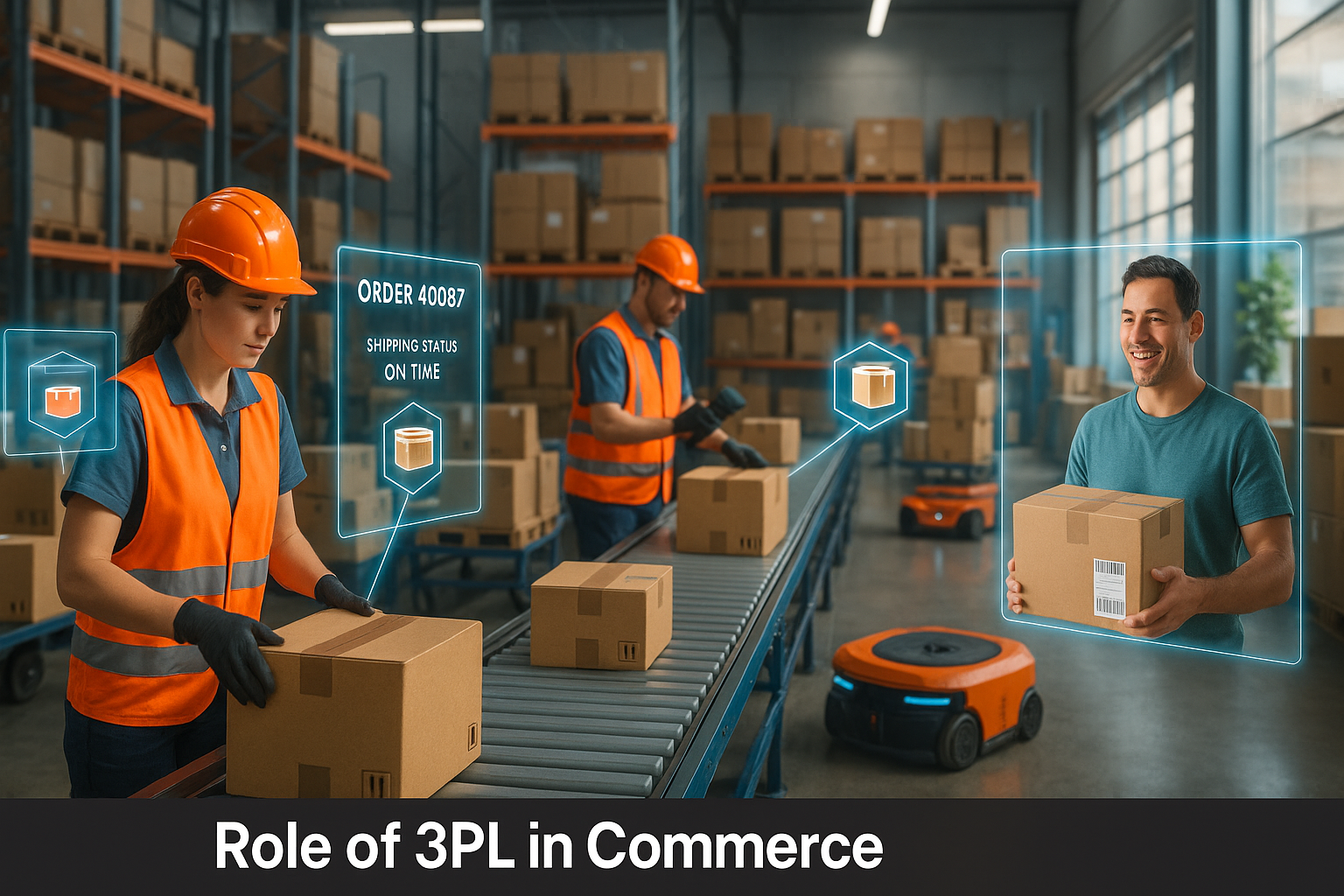
Write a comment ...